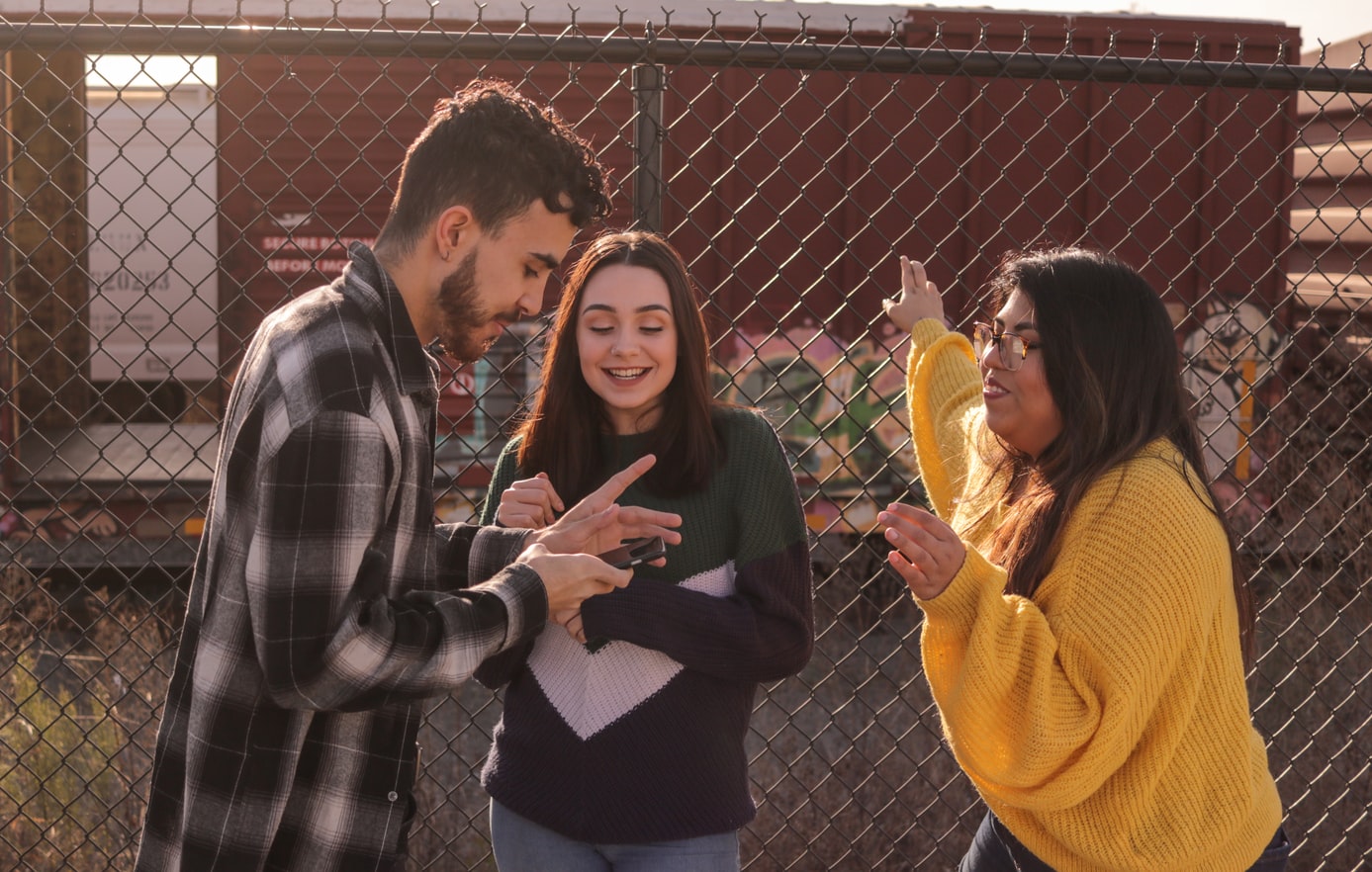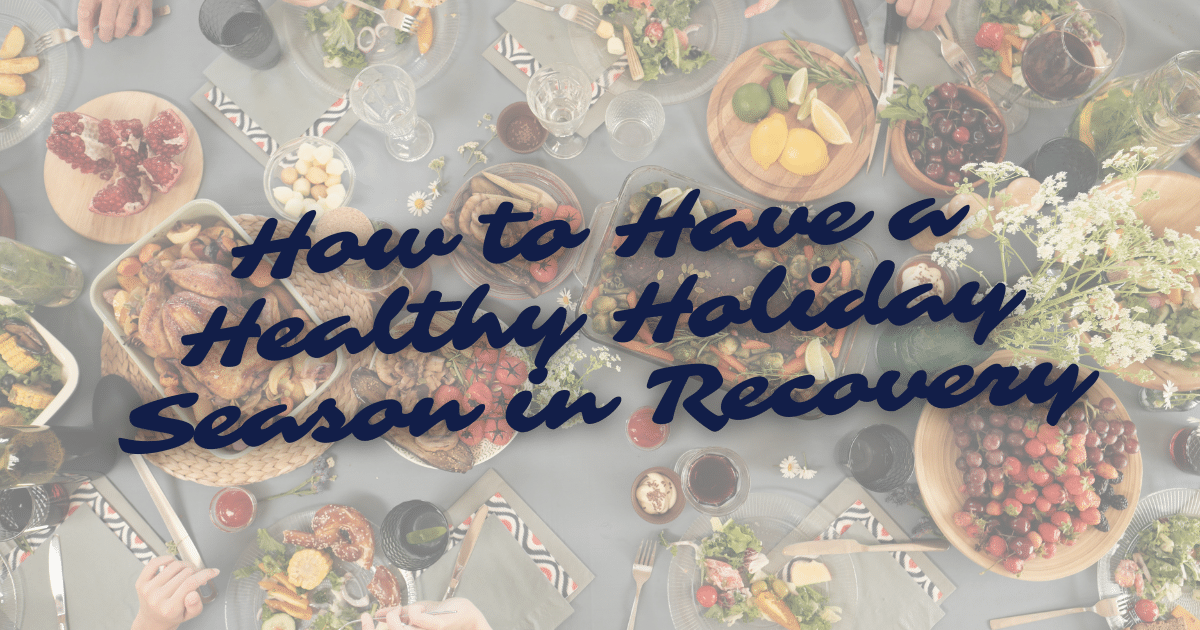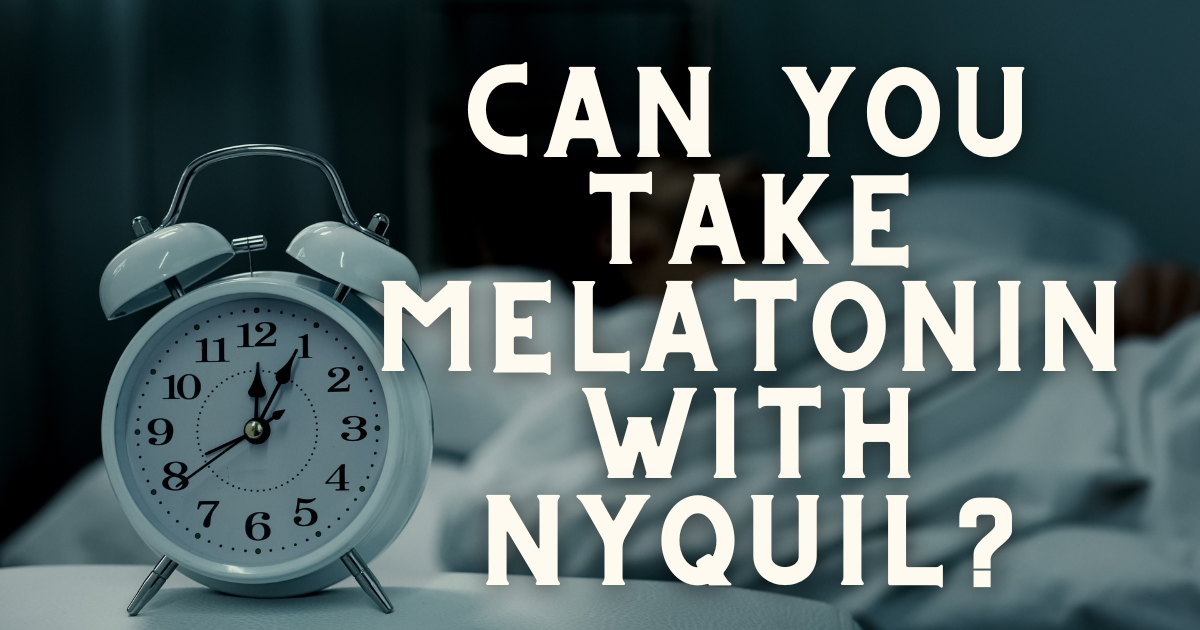Almost all teenagers go through a period of social and personal experimentation. It’s only natural; they’re finding their place in life, developing their sense of self, and feeling out the dynamics of their relationships. But this time of change can also bring about external pressure for teens to change themselves, their appearance, and their attitude.
Although anyone can experience peer pressure, youths are much more susceptible to it. Their brains are still developing, and they will often go to great lengths to fit in or feel accepted, fearing rejection or ridicule.
Peers are part of one’s social circle. They tend to be of a similar age and share interests or circumstances. Peers can be the girls in your daughter’s after school dance class or the teens your son hangs out with at the skatepark. Maybe they’re classmates or coworkers. Regardless of who they are, peers hold a substantial amount of influence over others.
Negative vs. Positive Peer Pressure
Peers can indeed have an uplifting impact on others’ lives, encouraging good behaviors like exercising, studying, eating well, and taking care of one another. This is often referred to as positive influence, while peer pressure carries a somewhat more sinister connotation.
Peer pressure encourages youths to try things that are against their nature and to dabble in harmful social and physical behaviors, such as truancy, drug, and alcohol use, or risky sex.
Direct Peer Pressure
Direct peer pressure is easy to identify but hard to ignore. It is expressed both verbally and nonverbally and is frequently centered around behaviors. It forces an individual to make snap decisions, which can sometimes end up being the wrong one—and often with unfortunate circumstances.
Here are a few examples:
Spoken. When a person verbally convinces or instructs another to engage in a particular behavior, that is verbal or spoken peer pressure. It can occur one-on-one or in a group setting. Often, the more individuals who are present to hear the request, the harder it is to deny it.
For example, a classmate asks their peer: “Do you want to skip school and come to the mall with us?”
Unspoken: While the request is not verbalized, the pressure is present, and the implication is clear. An example of unspoken peer pressure might be being passed a joint.
Indirect Peer Pressure
Indirect peer pressure is more subtle than its direct counterpart but is far more insidious. This occurs when an individual sees or hears what their peers are doing and chooses to follow. In this case, you may see individuals who are “just following along” with the crowd, perhaps imitating their peers’ lifestyle, appearance, or habits.
An example might be how someone dresses or styles their hair, what kind of music they listen to, their hobbies, or social attitudes.
In conclusion, there’s no denying that peer pressure causes people to do unhealthy—even dangerous—things. The choices teens make now have a significant impact on the rest of their lives. If you are worried about your teen giving in to peer pressure, talk to them about their choices. If you need professional support or compassionate advice, Landmark Recovery is here to help. Reach out today, and let’s talk about it.

Choose Recovery Over Addiction
We're here 24/7 to help you get the care you need to live life on your terms, without drugs or alcohol. Talk to our recovery specialists today and learn about our integrated treatment programs.




